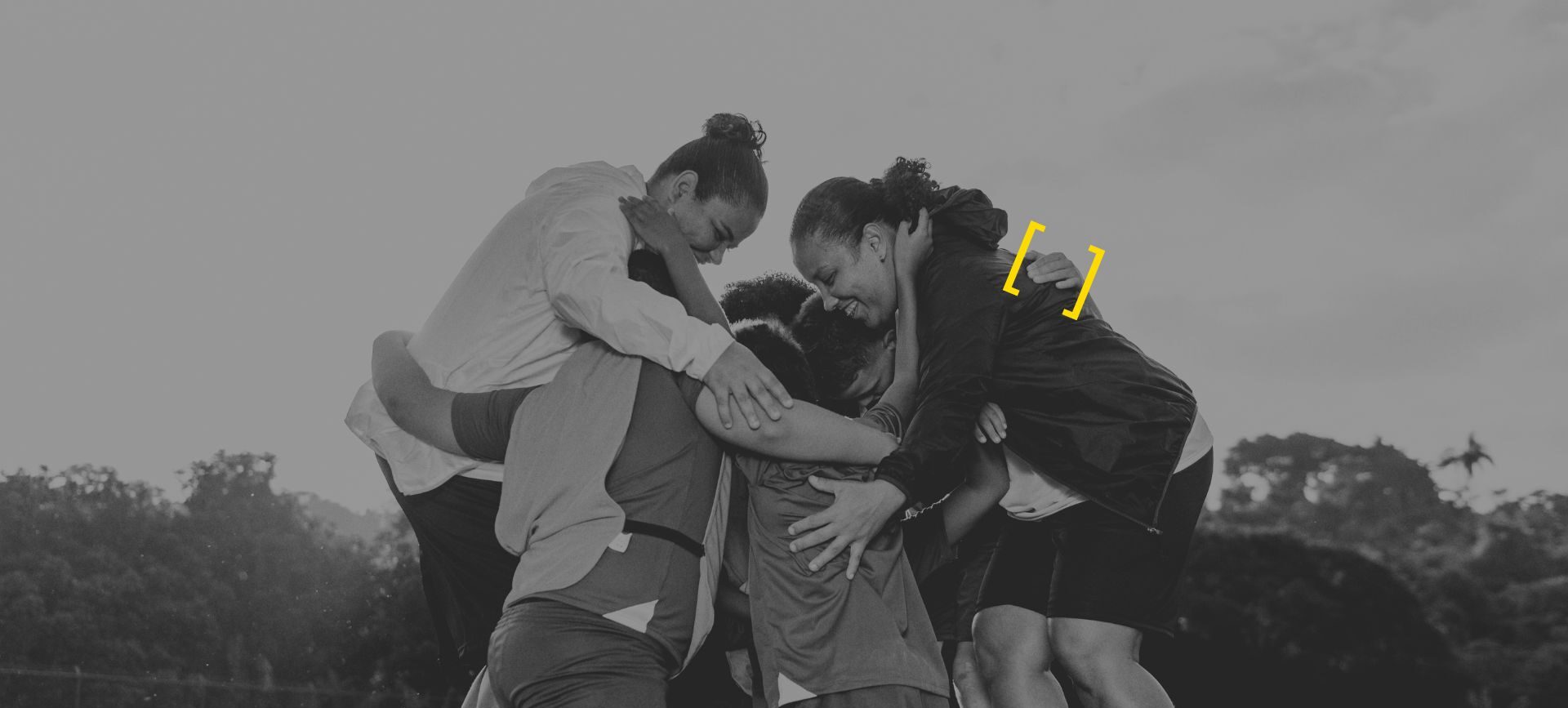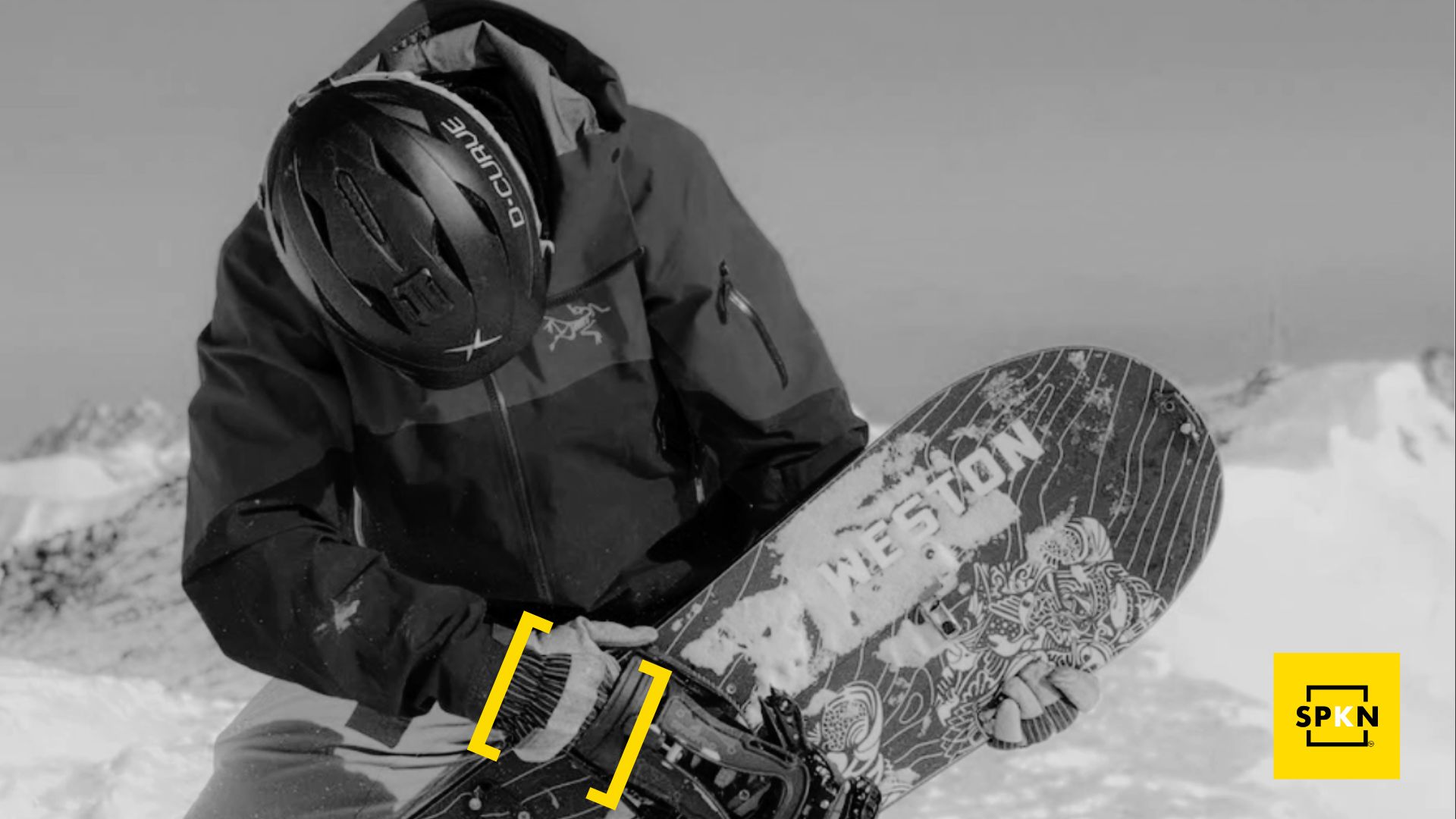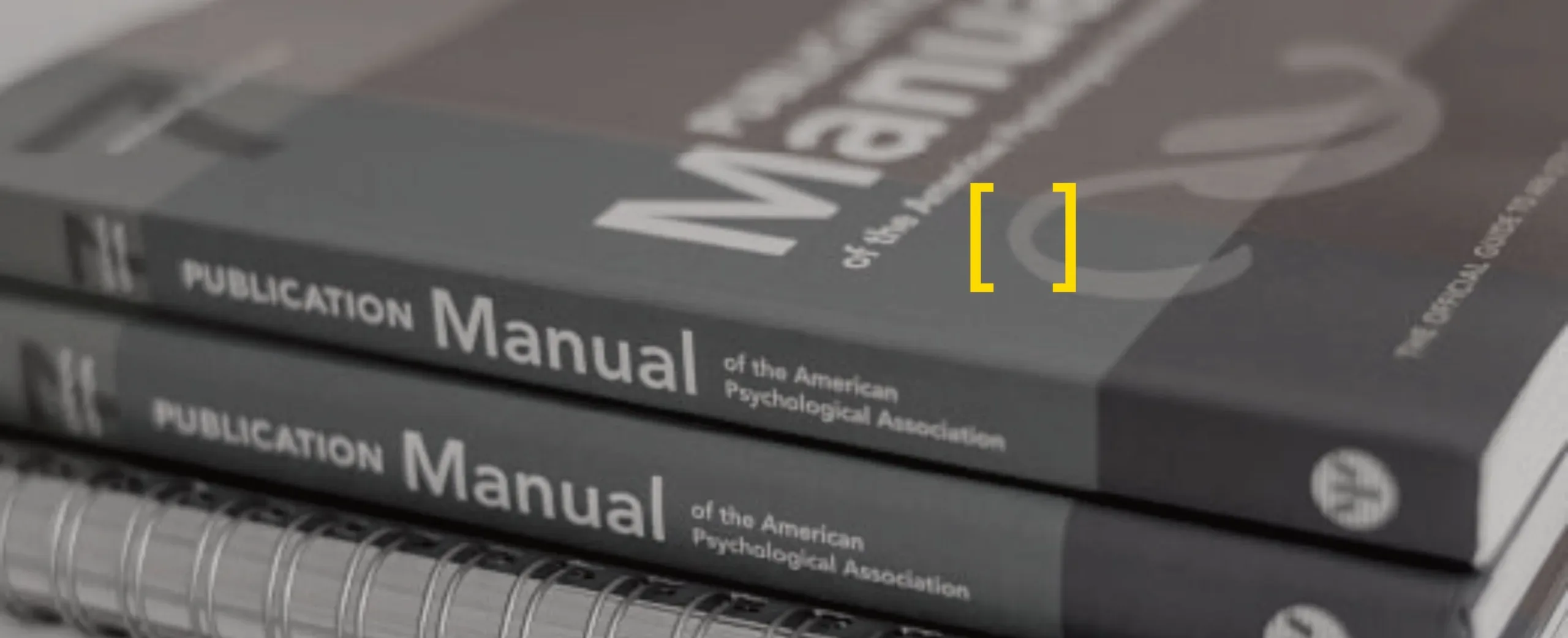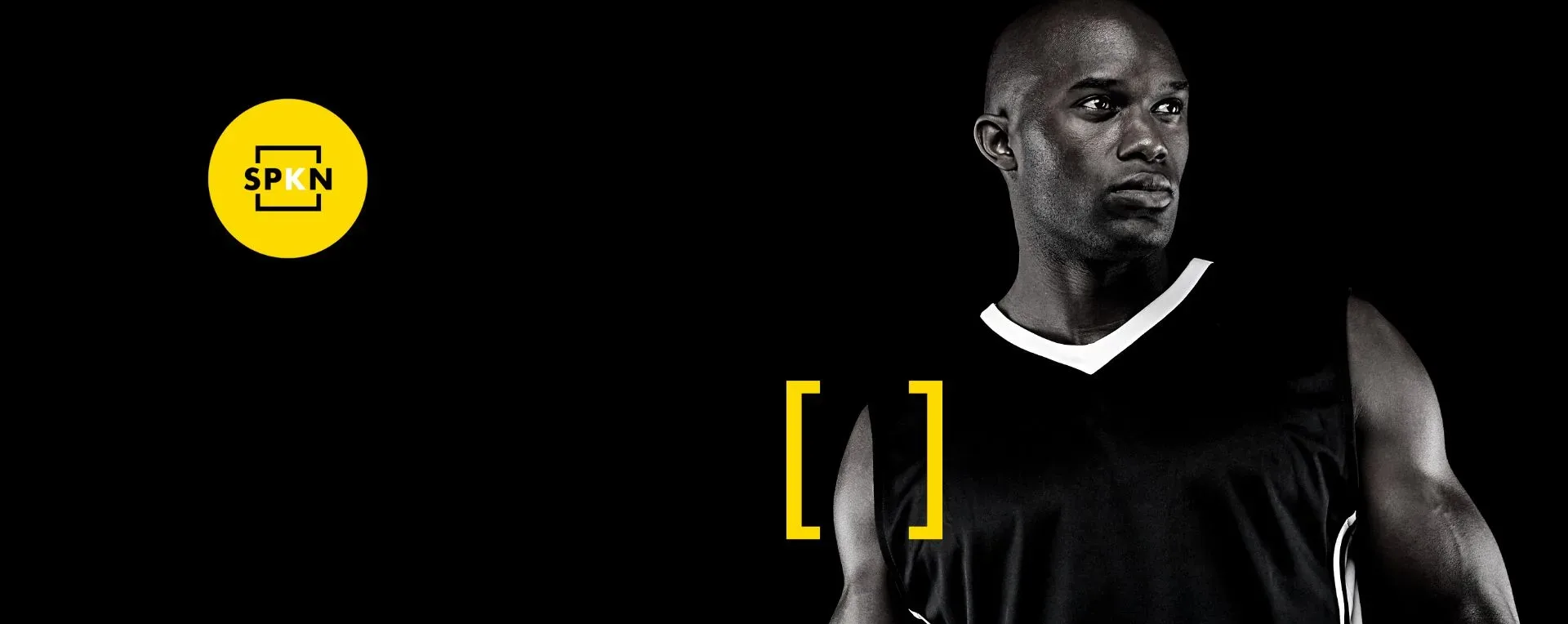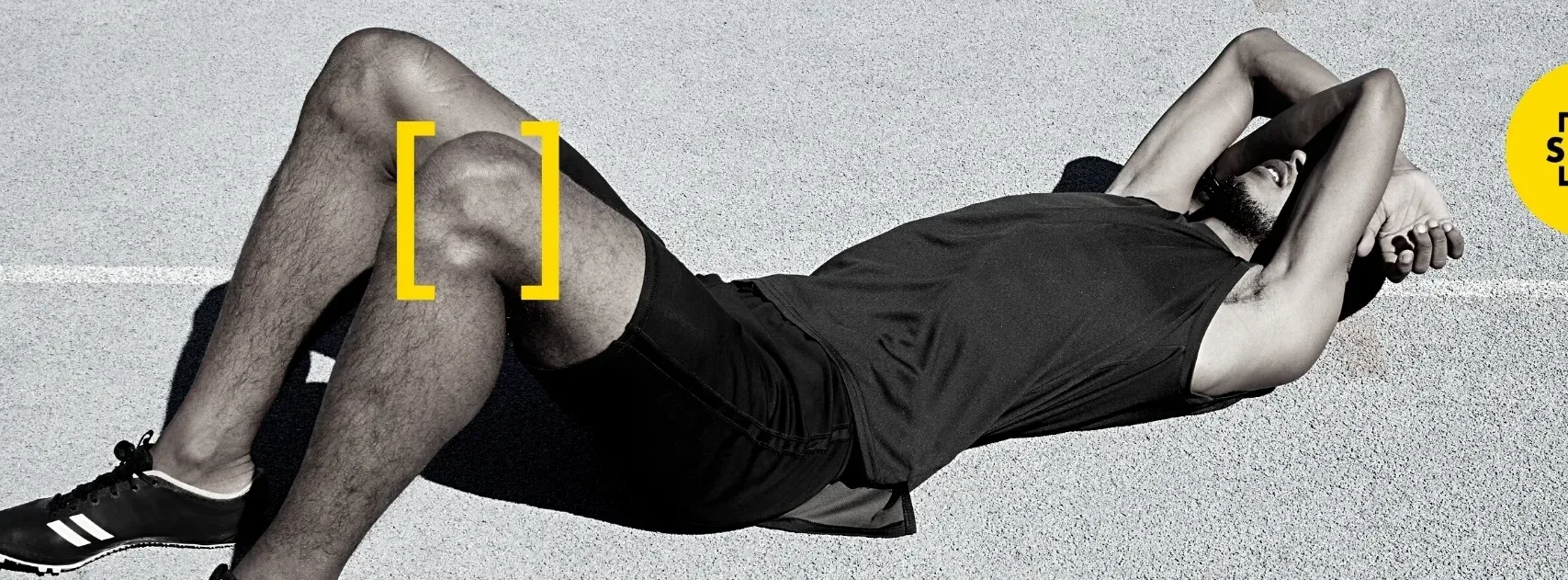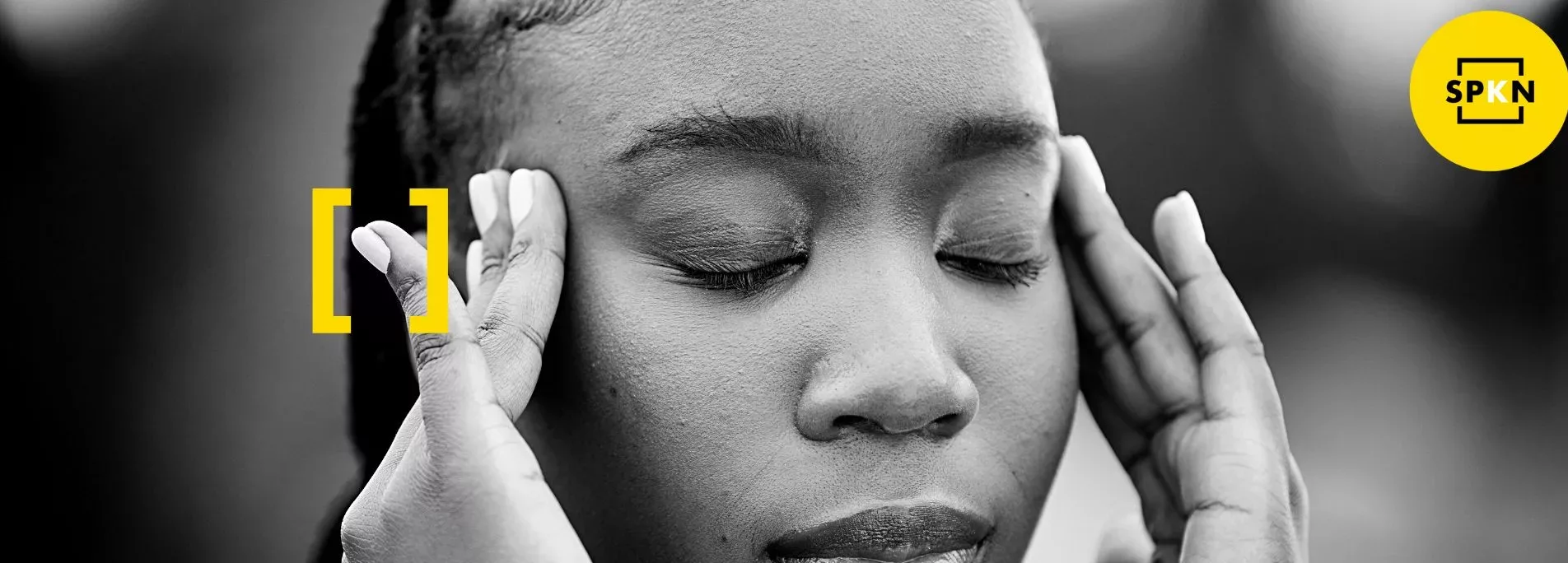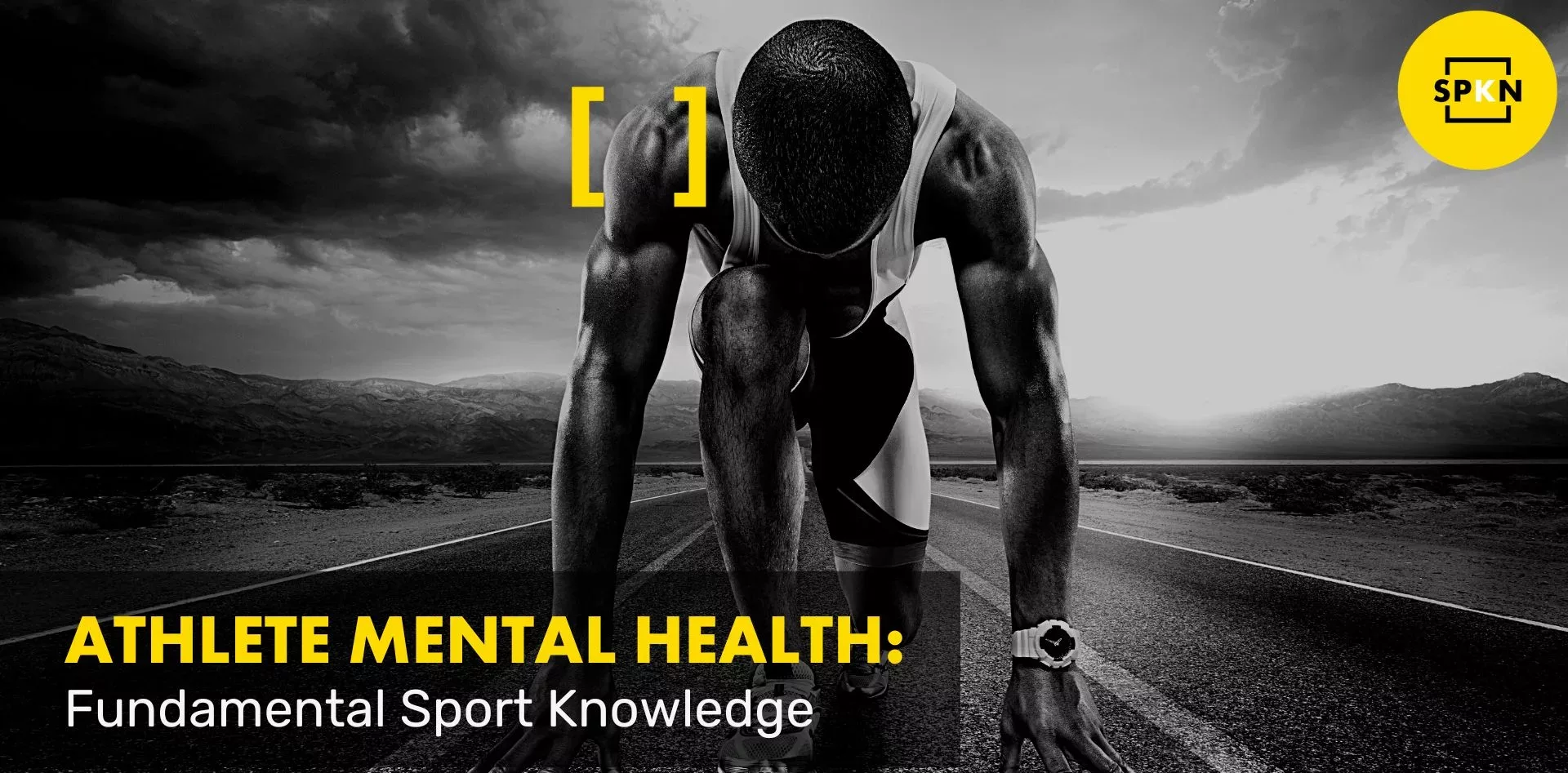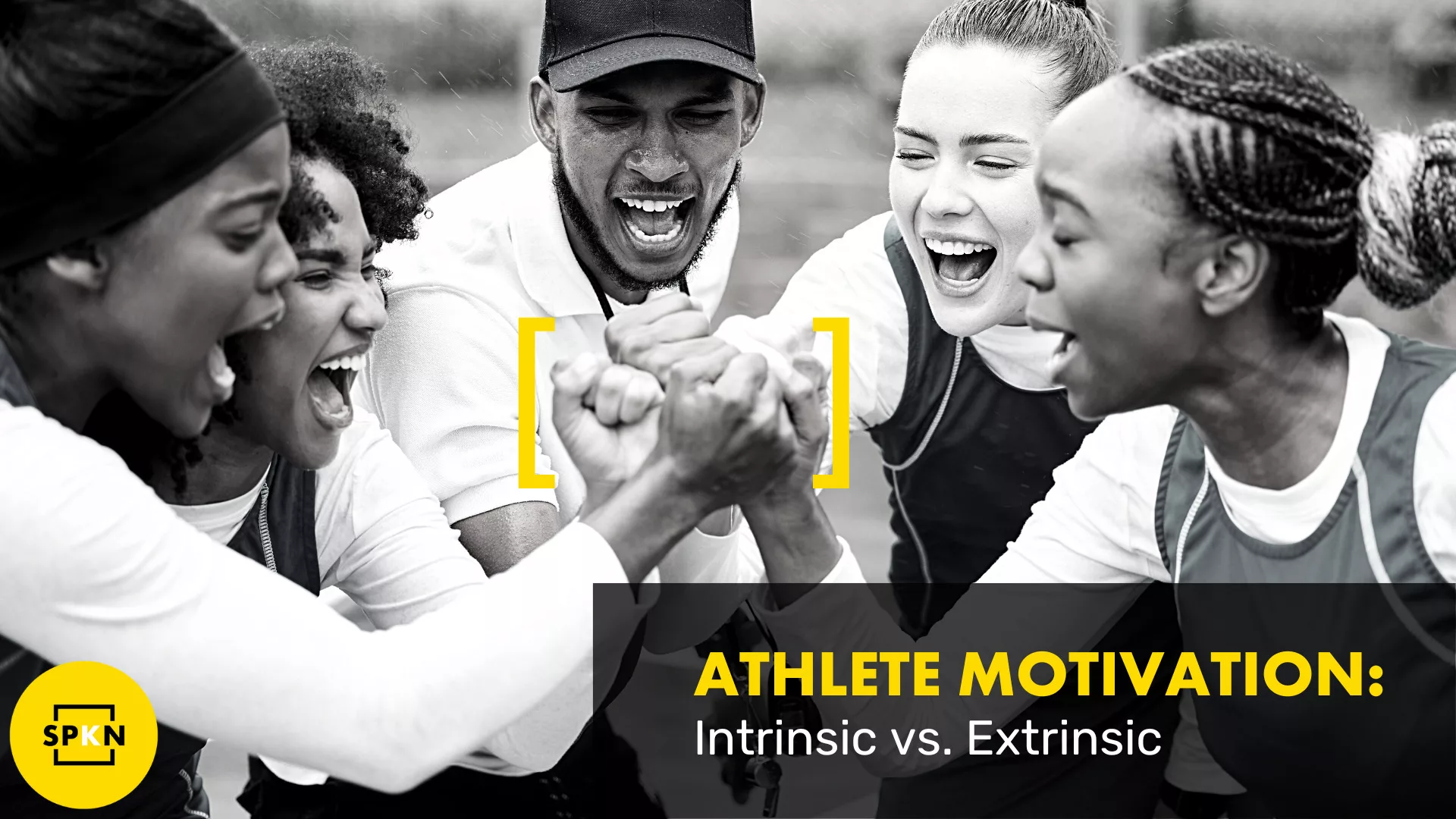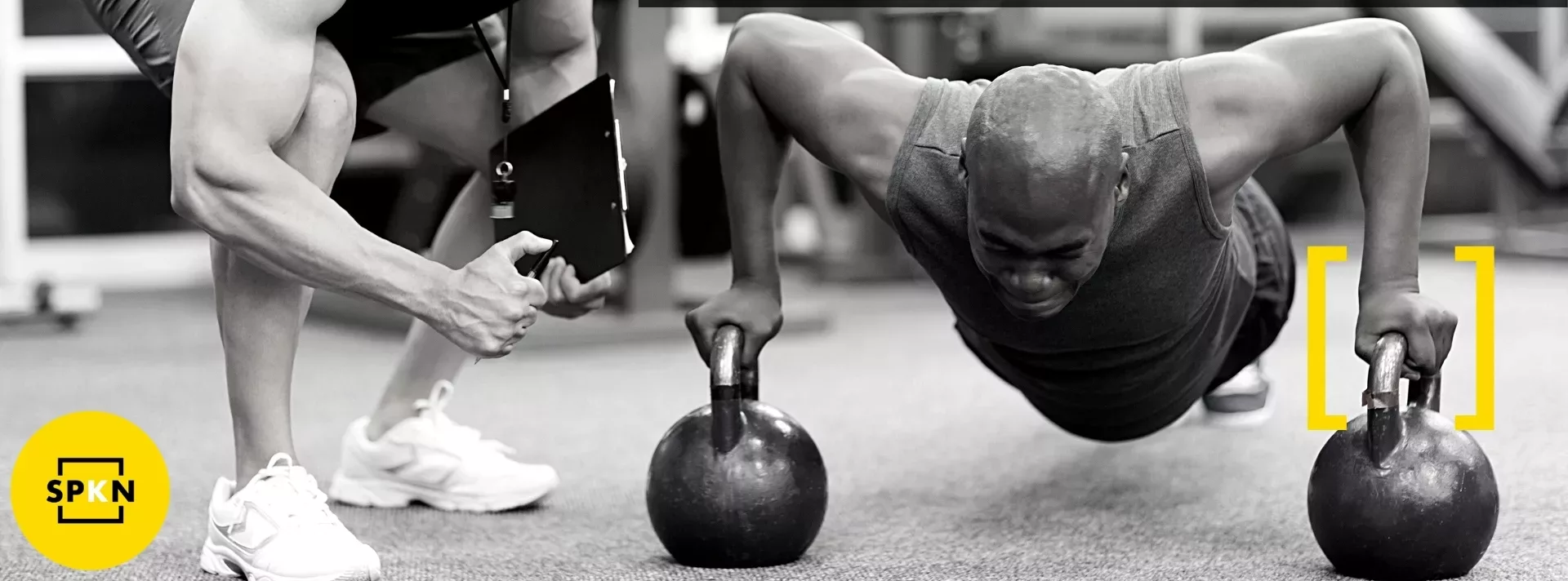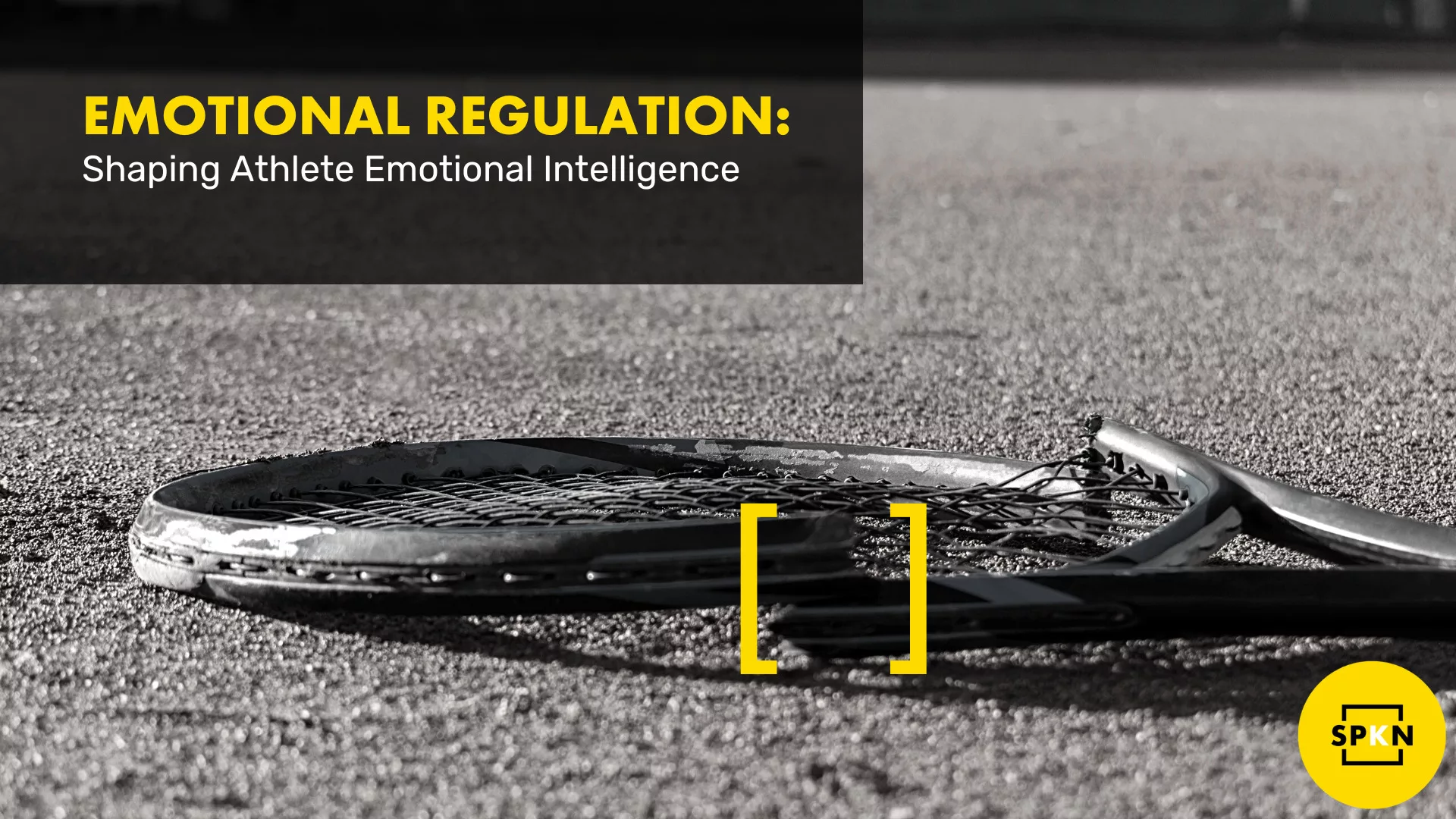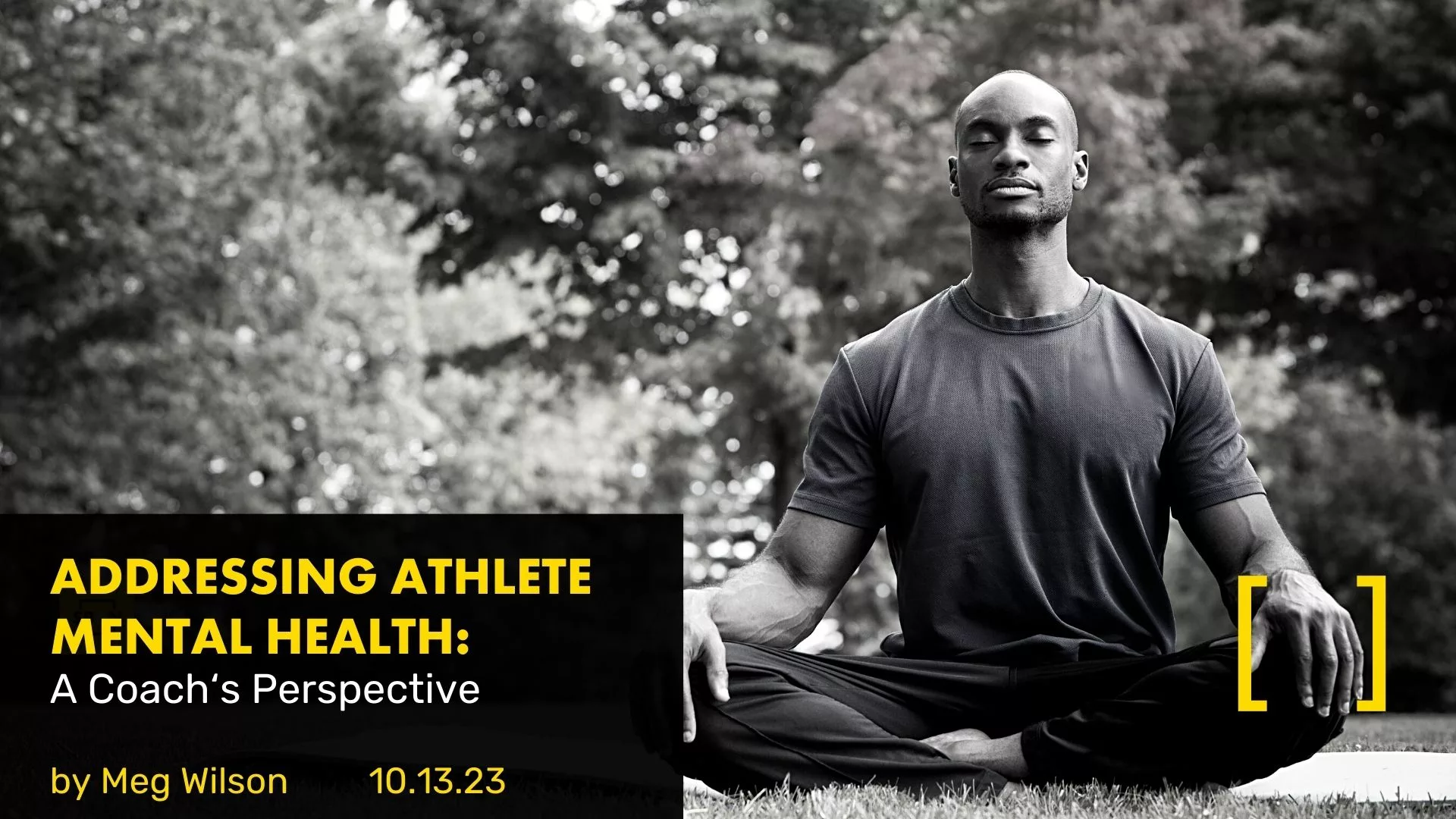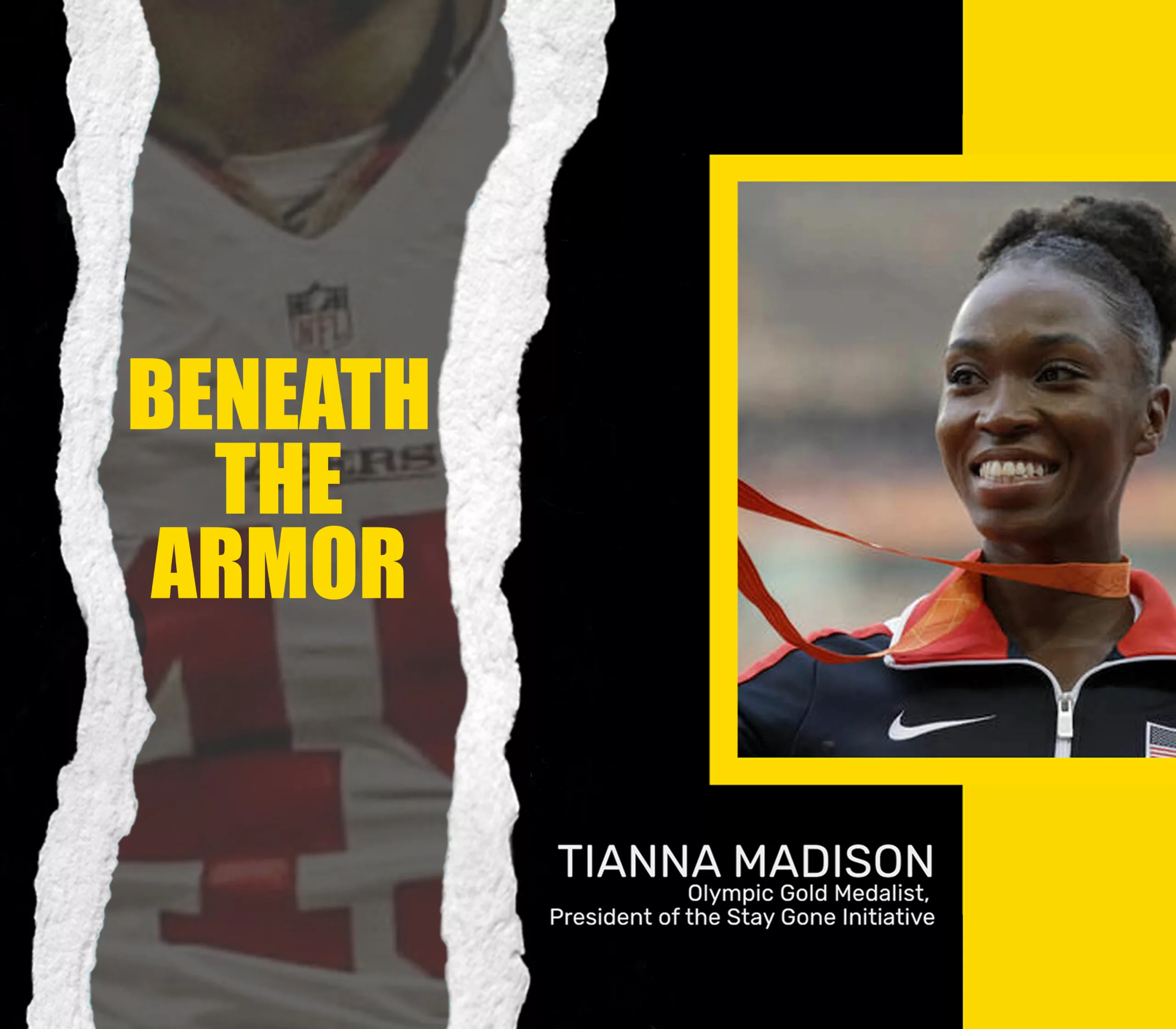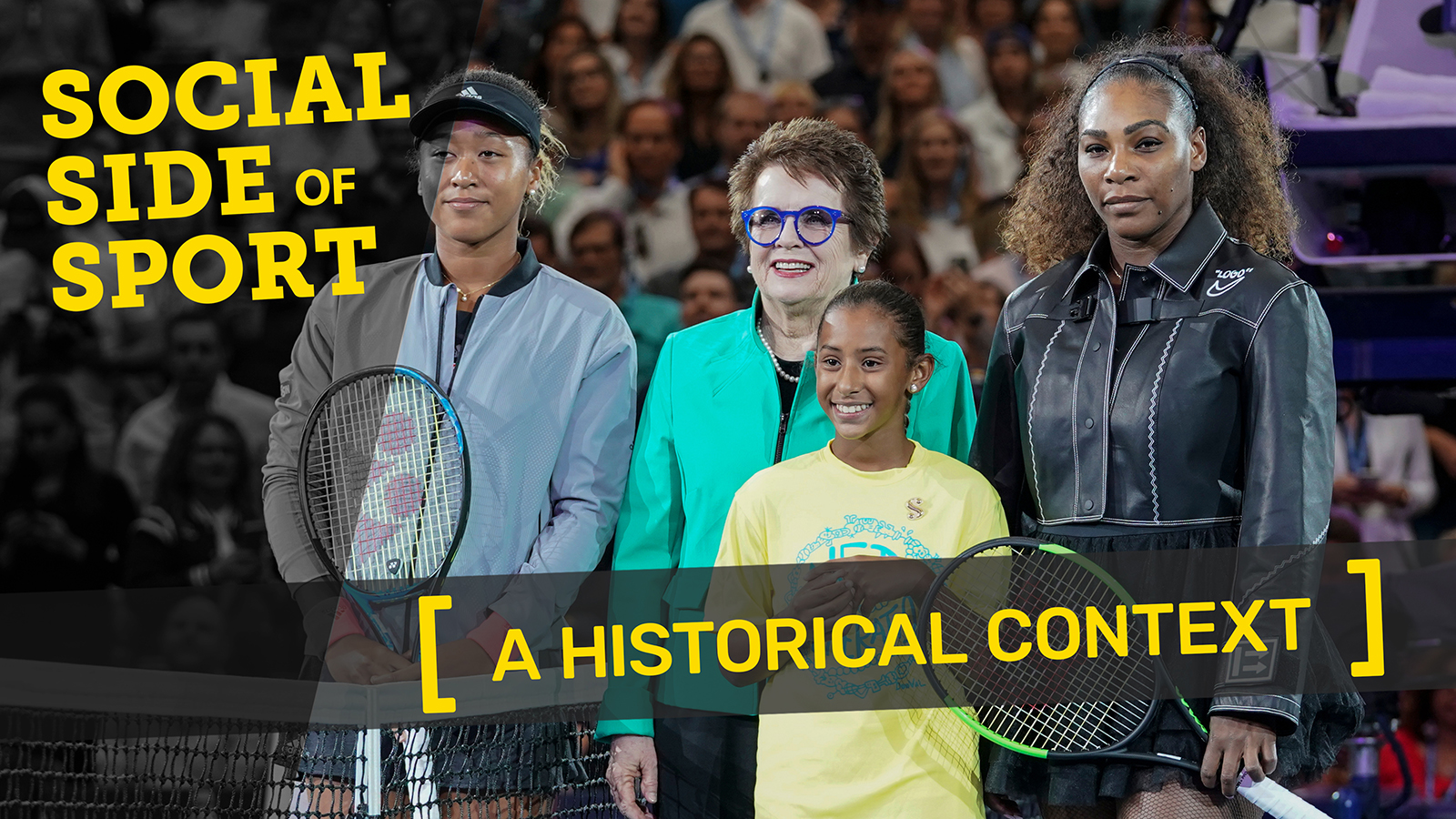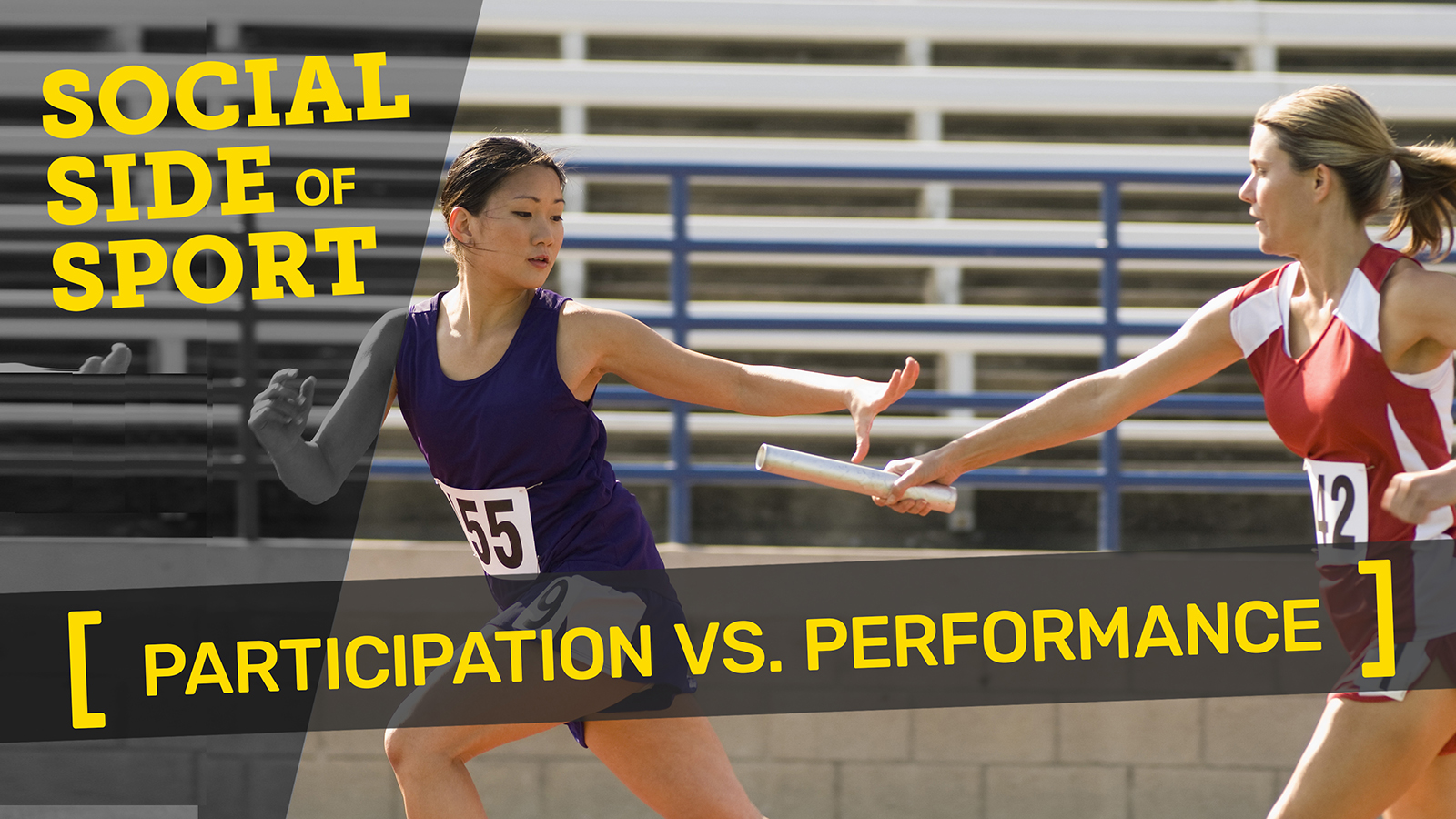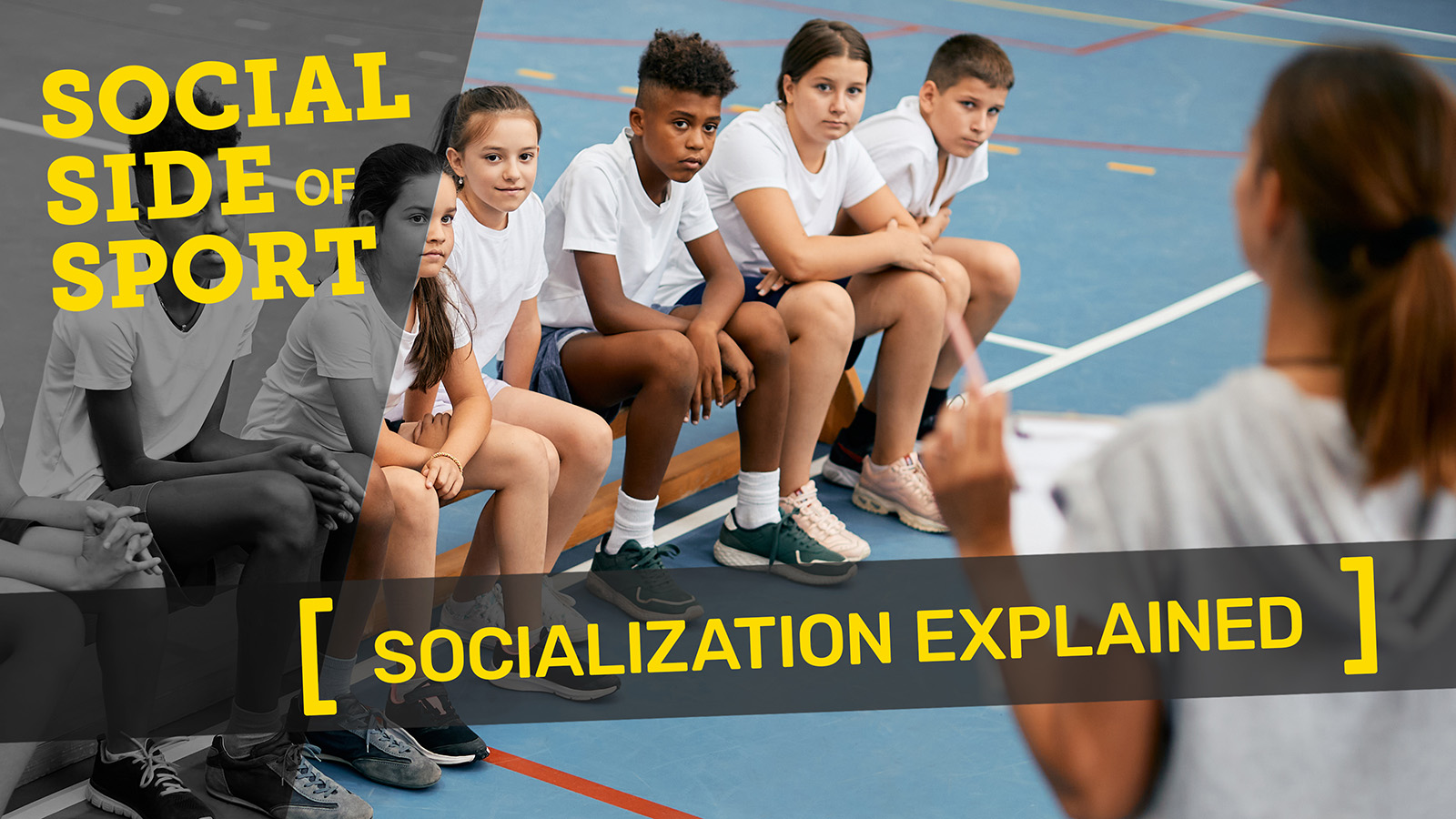Anxiety is one of the best-known emotions in daily life, as in sports, and one of the most studied emotions in sport psychology (see Hackfort & Spielberger, 1989), especially in regard to the anxiety-performance relationship (inverted-u-shape relationship, Yerkes-Dodson Law). The most accepted concept of anxiety was elaborated by Spielberger (e.g., 1966) and operationalized by the State-Trait Anxiety Inventory (STAI) (Spielberger, Gorsuch, & Lushene, 1970). Spielberger (1966, 1972) introduced the state-trait theory of anxiety, differentiating anxiety as an emotional state and anxiety as a personality trait. This concept is most influential not only in psychology, but also in sport psychology (Hackfort, 1986; Hackfort & Schwenkmezger, 1993). “Anxiety states are emotional reactions that consist of a unique combination of: (1) feelings of tension, apprehension and nervousness; (2) unpleasant thoughts (worries), and (3) physiological changes. Important characteristics of S-Anxiety are the intensity, i.e., the scope of the combination just mentioned, and that it varies in intensity and fluctuates over time” whereas T-Anxiety refers to “relatively stable individual differences in anxiety proneness as a personality disposition” (Spielberger, 1989, p. 5). Trait anxiety can be more or less general (across situations) or specific (particular situations).
Anxiety may vary not only in a given situation, but also in regard to various (classes of) situations. In regard to sport situations, we refer to ‘sport anxiety,’ which may be differentiated by special themes of the situation, like competition (competitive anxiety) or injury (injury anxiety). In case of a very specific situation or subject and intensity of the emotional reaction, we refer to ‘fear’ (e.g., ‘fear of failure’ or fear of snakes, etc.) that may get out of control and manifest in the form of a phobia (e.g., claustrophobia or acrophobia).
The various relevant aspects for research on anxiety in sports as well as for applied purposes as they grew out of research on anxiety in general and anxiety in sport especially, are summarized in the following Fig. A.2:
Whereas anxiety often and especially in everyday language is regarded to be a ‘negative emotion,’ this label refers to and emphasizes the unpleasant or uncomfortable feeling associated with anxiety, similar to emotions like anger or shame. From a functional point of view and especially in regard to action regulation, the functional meaning of anxiety is essential as it is a signal for danger as already Freud (1952) explained it in his ‘signal theory of anxiety’ and as it is of essential relevance in the organization and regulation of actions in sport (see Hackfort, 1986; Hackfort & Schwenkmezger, 1993).
References
Freud, S. (1952). Gesammelte Werke (Collected papers). London: Imago Publishing. https://amzn.to/3kiwto9
Hackfort, D. (1986). Theorie und Analyse sportbezogener A¨ngstlichkeit Ein situationsanalytischer Ansatz (Theory and analysis of sport elated anxiety: A situation-analysis approach). Schorndorf: Hofmann.
Hackfort, D., & Schwenkmezger, P. (1993). Anxiety. In R. N. Singer, M. Murphy, & L. K. Tennant (Eds.), Handbook of research on sport psychology (pp. 328 364). New York, NY: Macmillan. https://amzn.to/3WeJzQr
Hackfort, D., & Spielberger, C. D. (Eds.), (1989). Anxiety in sports: An international perspective. New York, NY: Hemisphere. https://amzn.to/3XeZrnu
Spielberger, C. D. (1966). Theory and research on anxiety. In C. D. Spielberger (Ed.), Anxiety and behavior (pp. 3 20). New York, NY: Academic Press. https://amzn.to/3khdCd1
Spielberger, C. D. (1972). Anxiety as an emotional state. In C. D. Spielberger (Ed.), Anxiety: Current trends in theory and research (Vol. I, pp. 23 49). New York, NY: Academic Press.
Spielberger, C. D. (1989). Stress and anxiety in sports. In D. Hackfort, & C. D. Spielberger (Eds.), Anxiety in sports: An international perspective (pp. 3 17). New York, NY: Hemisphere. https://amzn.to/3w3Xkqr
Spielberger, C. D., Gorsuch, R. L., & Lushene, R. E. (1970). STAI manual for the state-trait anxiety inventory (“self-evaluation questionnaire”). Palo Alto, CA: Consulting Psychologists Press.
***Contributed by Dieter Hackfort for Hackfort, D., Schinke, R. J., & Strauss, B. (Eds.). (2019). Dictionary of sport psychology:sport, exercise, and performing arts. Academic Press. https://amzn.to/3ZxARzT

